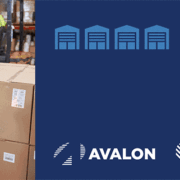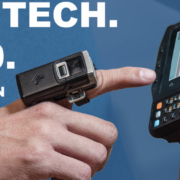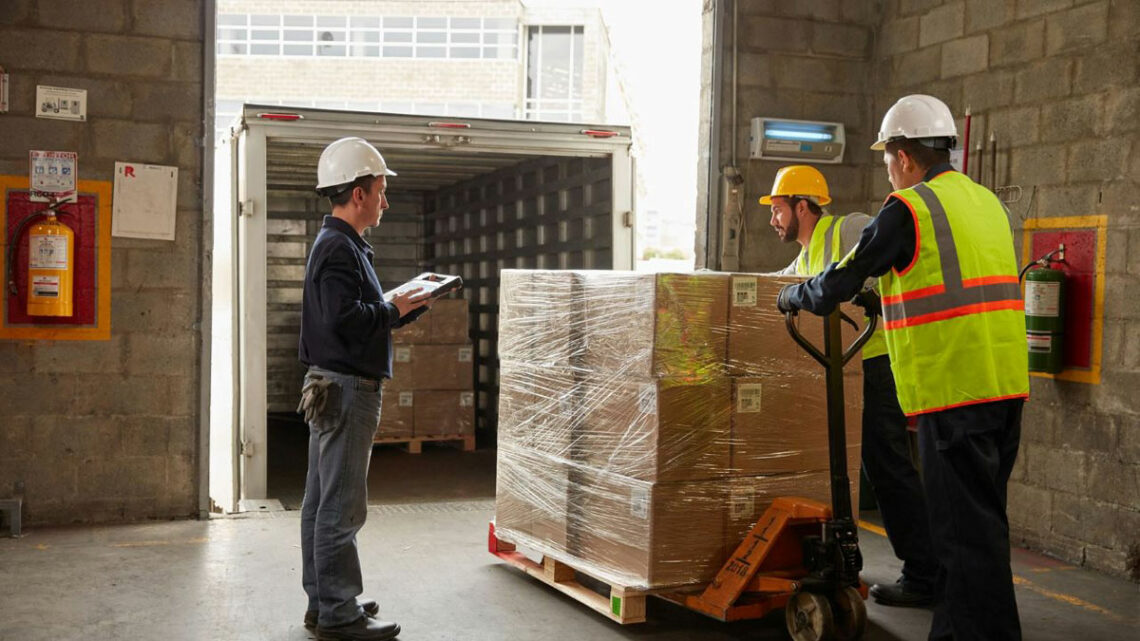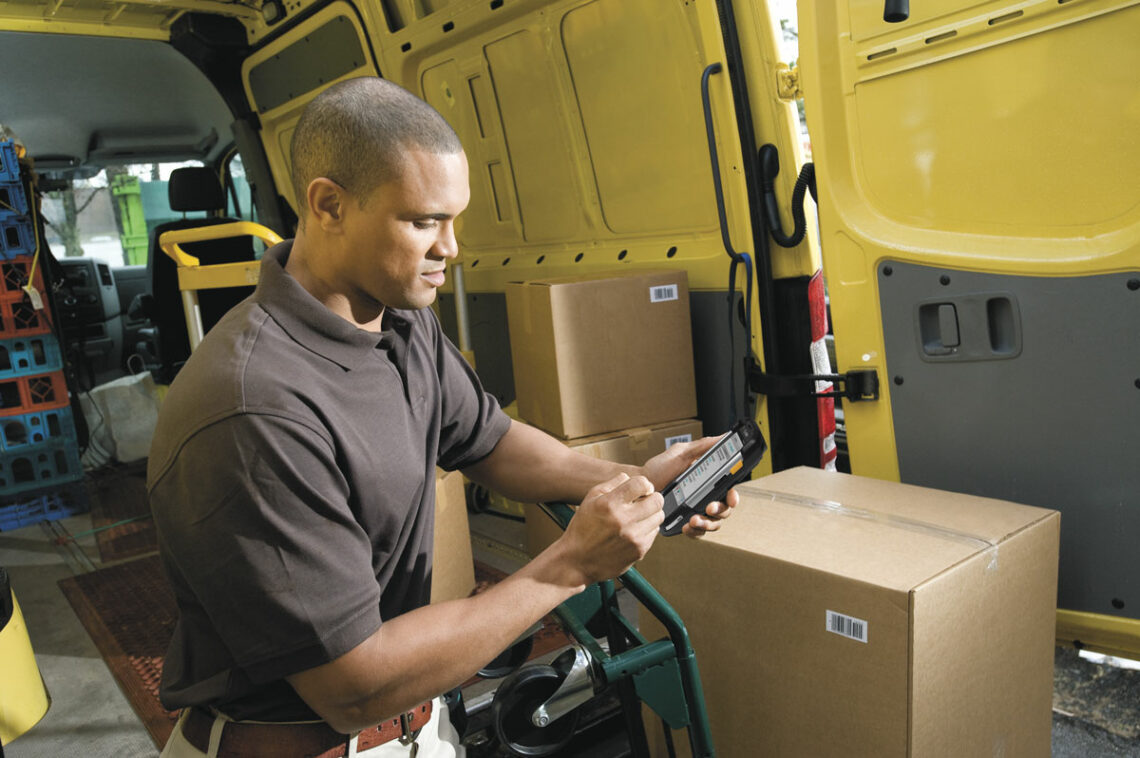Today’s warehouses are navigating a multitude of challenges; however, two obstacles stand in attention-worthy contrast: high order volume and crippling labor shortages. While order fulfillment rates skyrocket from year to year, employee shortages have created an obstacle in accurately fulfilling the surplus of orders within a smaller timeframe. The Bureau of Labor reported that 45% of warehouse jobs remained unfilled by December of 2021. Meanwhile, labor turnover rates across industries has increased by 8%, costing up to 33% of an employee’s annual earnings to remediate.
It is no surprise then that automation has become indispensable for warehouse survival. To alleviate pressures on fluctuating workforces while maintaining high order throughput, automated solutions must prioritize versatility, mobility, and ease-of-use. Combining these three factors in one solution, mobile workstations like Newcastle’s Power Carts empower distribution centers by delivering seven game-changing benefits:
- Rapid return of investment – By accelerating ROI, companies have more available resources to implement more automated and/or predictive measures. This protects business flexibility in the event of future disruptions.
- 63% increase in ordering volume – By streamlining scanning and label printing through one mobile station, warehouse teams can label and verify orders in strategic places throughout the warehouse. Increased speed results in more orders being processed within smaller time frames since workers no longer need to wait in bottlenecks to print and label orders.
- 50% productivity increase – Equipped with industrial printers like Zebra’s thermal printers, power carts also cut down wait time with faster printing speeds and higher label resolution. Moreover, because they are mobile, printing stations can also cut travel time, keeping workers productive instead of idle.
- 5 to 10 hours of extra work saved – In addition to faster printing, automated data capture via Zebra’s ultra-rugged scanners connects workers to inventory data without losing a second. Real-time order and inventory updates eliminate the need for excessive end-of-shift reporting, further lowering labor costs.
- 90% reduction in labeling errors – Unlike manual data entry, which is both error-prone and time-consuming, automated data capture and sharing reduces the likelihood of errors progressing down the supply chain. Fewer labeling errors also protect orders from mis-shipments and delays, increasing overall customer satisfaction.
- Less bottlenecks for easier social distancing practices – New concerns regarding employee health and social distancing should discourage high employee density. By leveraging high-speed automated solutions, power carts reduce the time employees spend gathered around centralized printing stations, protecting them from unnecessary germ exposure.
- 75% reduction in overtime – Fast-acting technologies are developed to streamline and simplify complex workflows, which means businesses can also expect to save money allocated to overtime.
Learn more about all-in-one mobile workstations in our brochure, here.
Depending on the nature of your facility, mobile workstations may bring additional benefits to your workflows. For a full overview of your opportunities, contact Avalon’s modernization specialists to schedule your workflow assessment.






